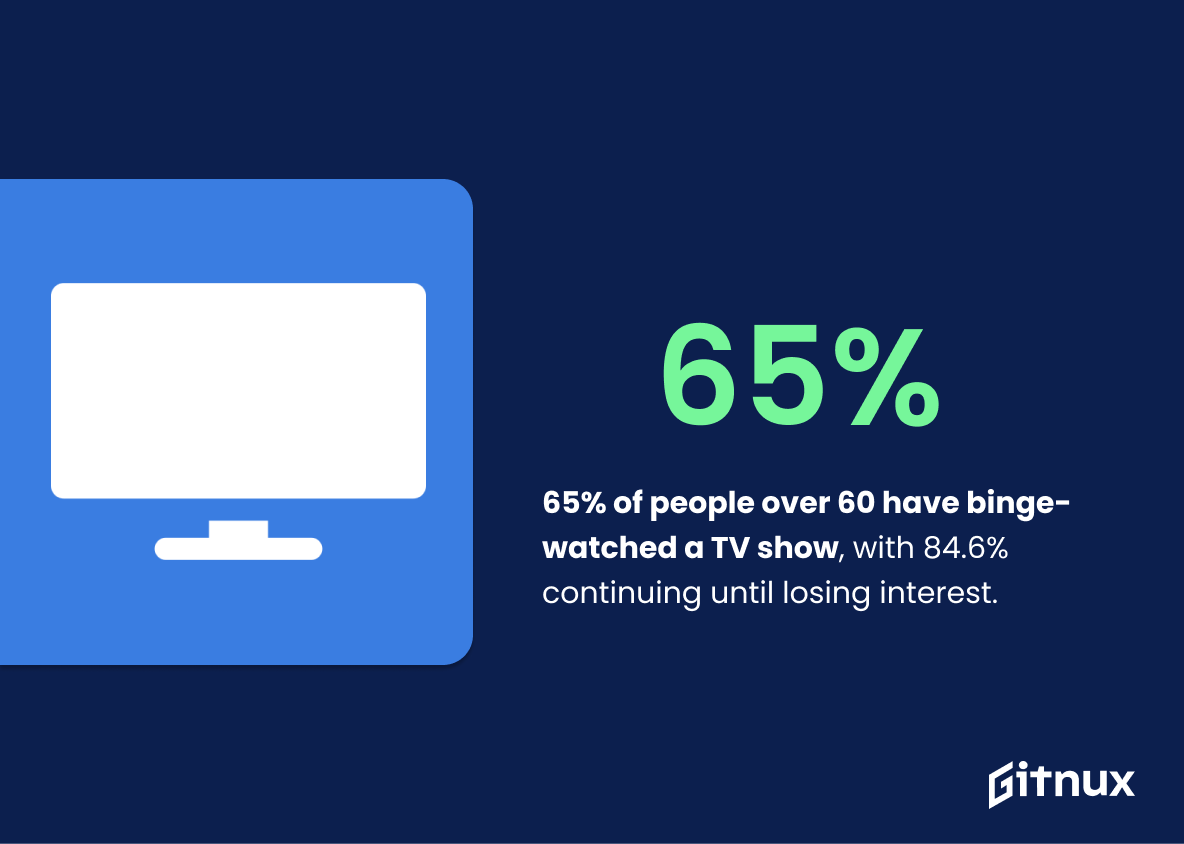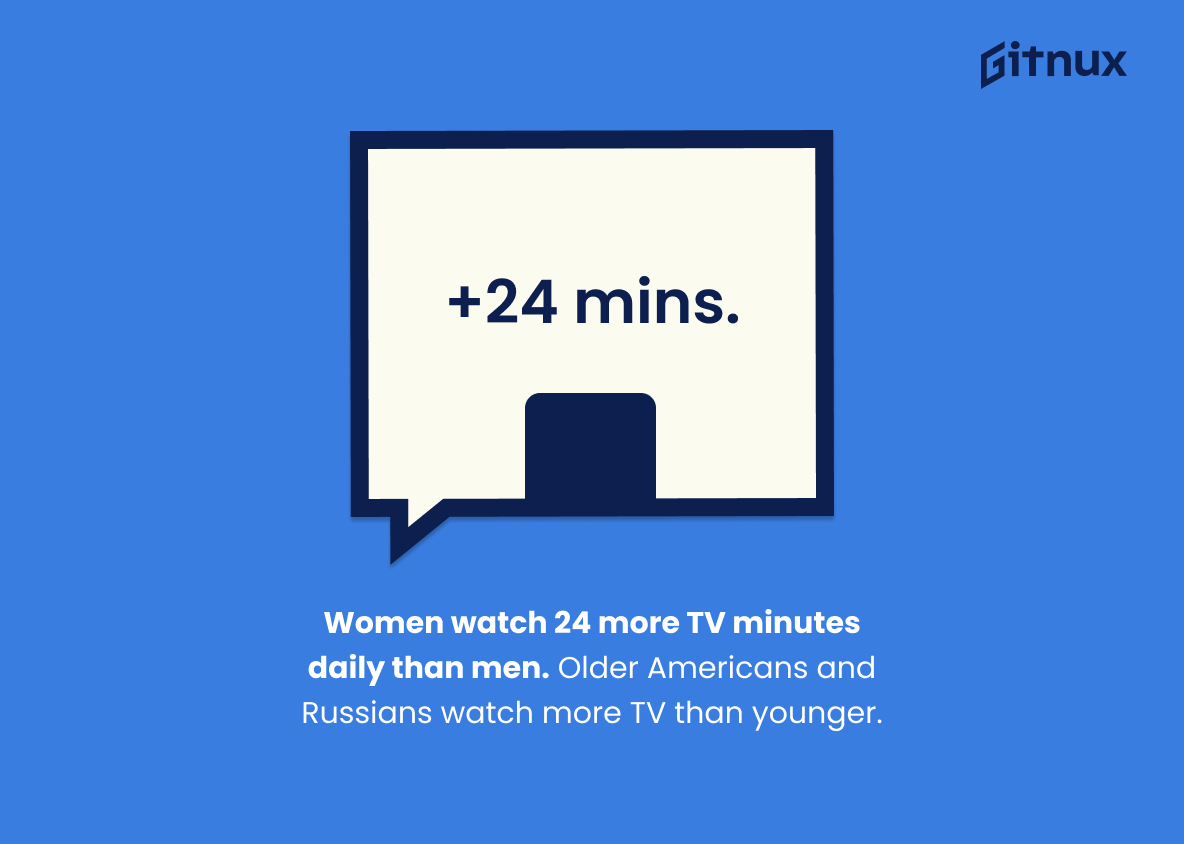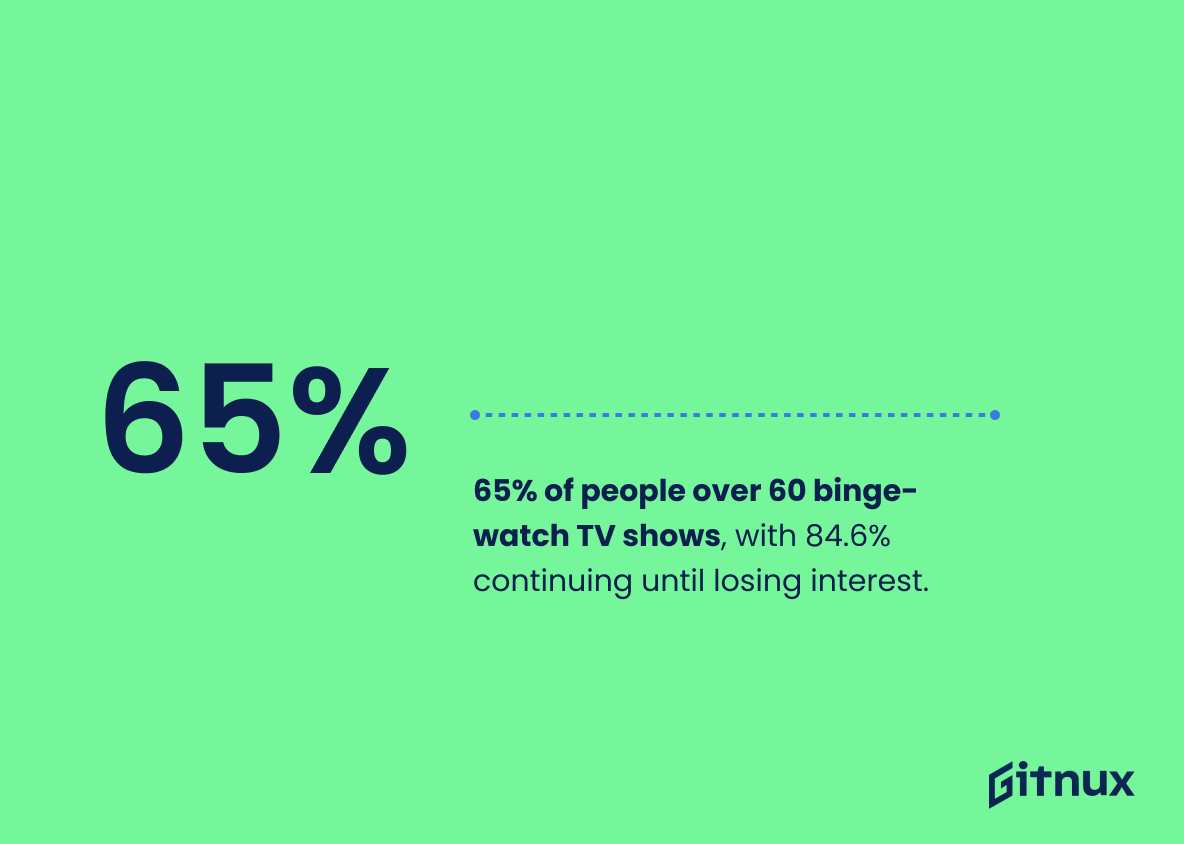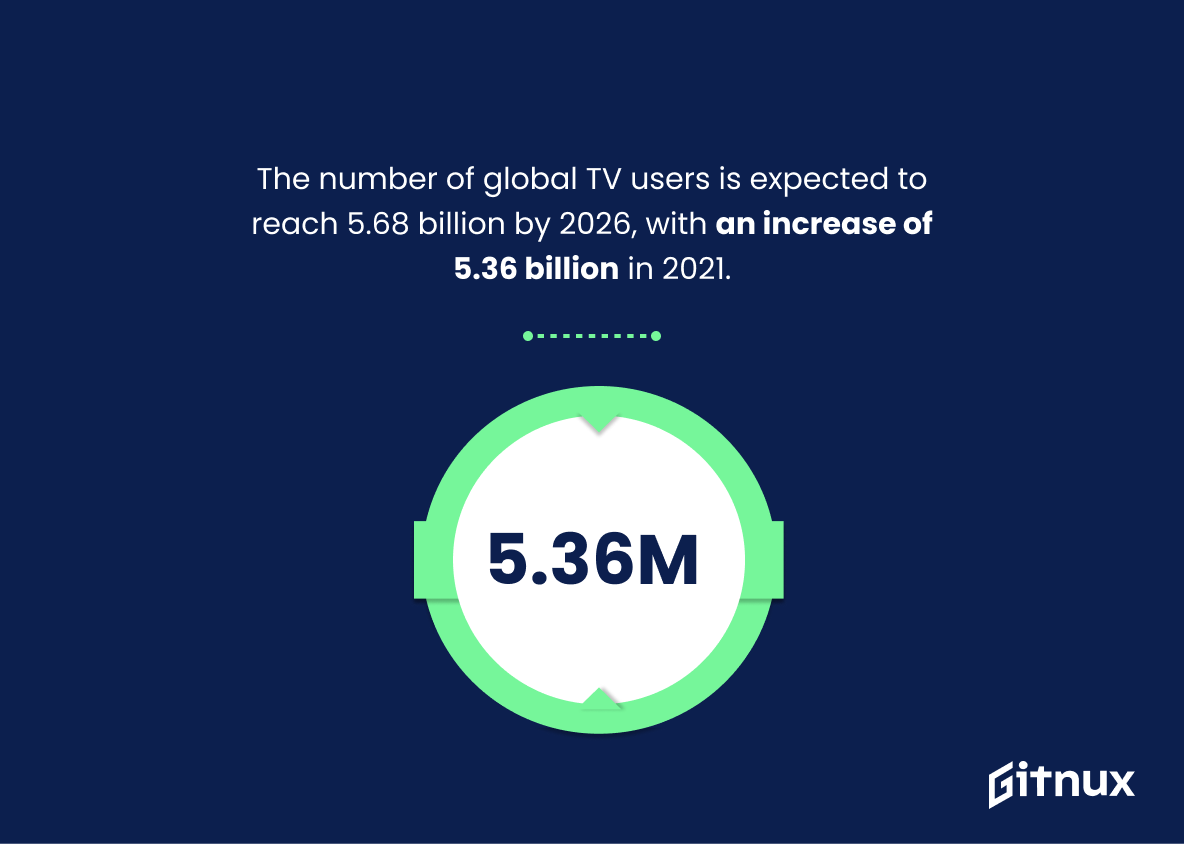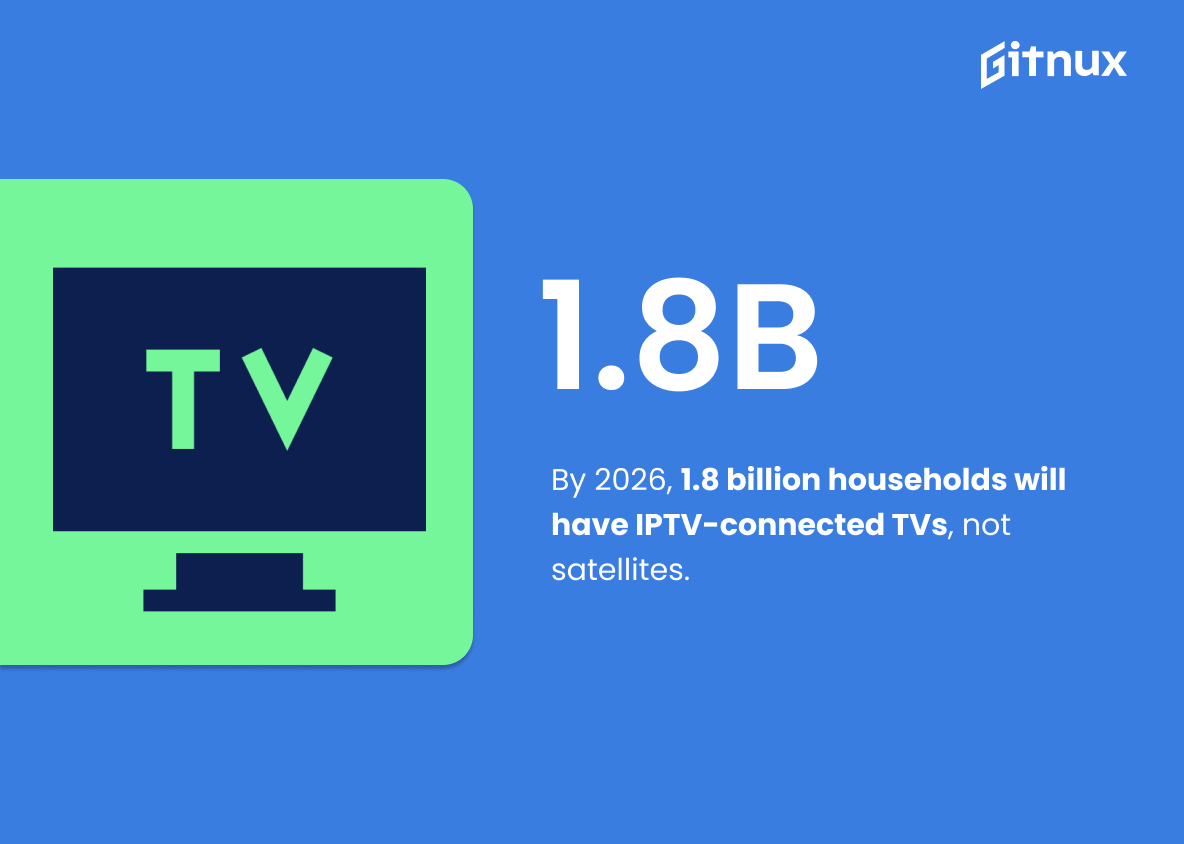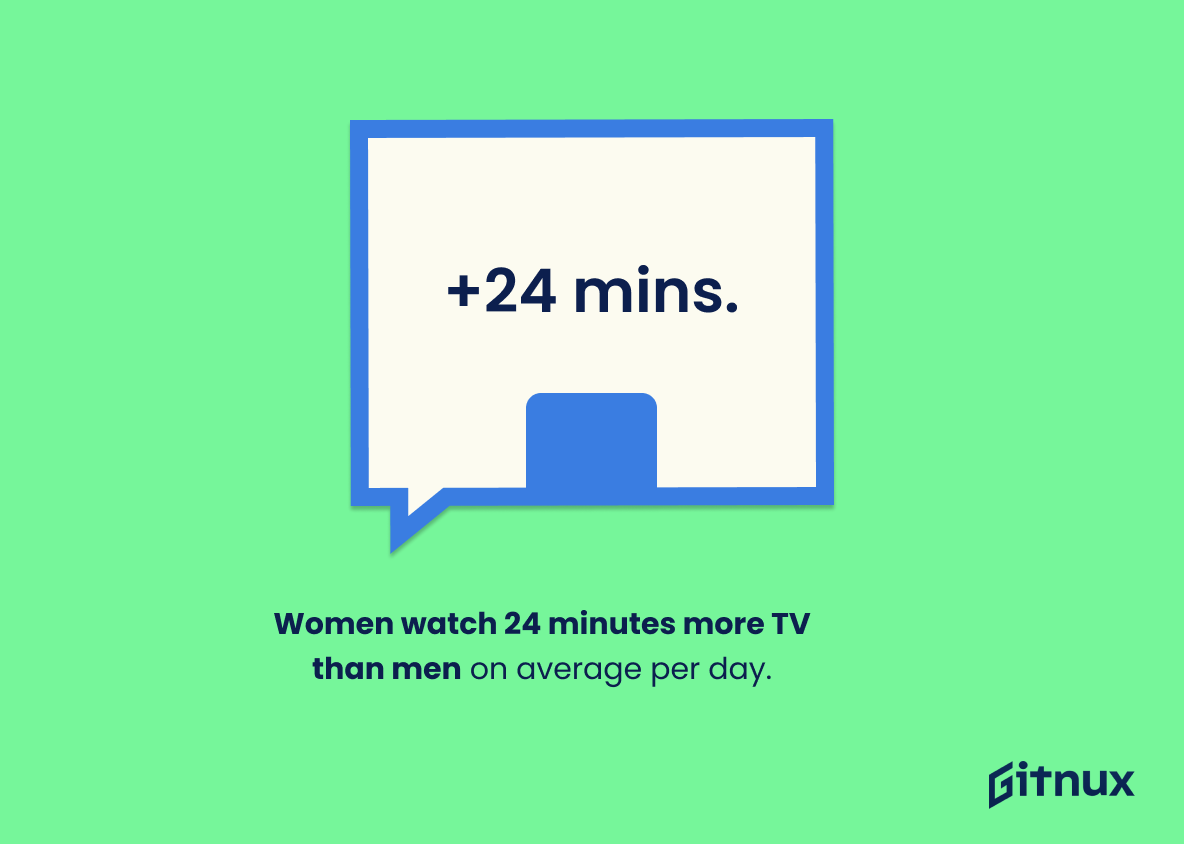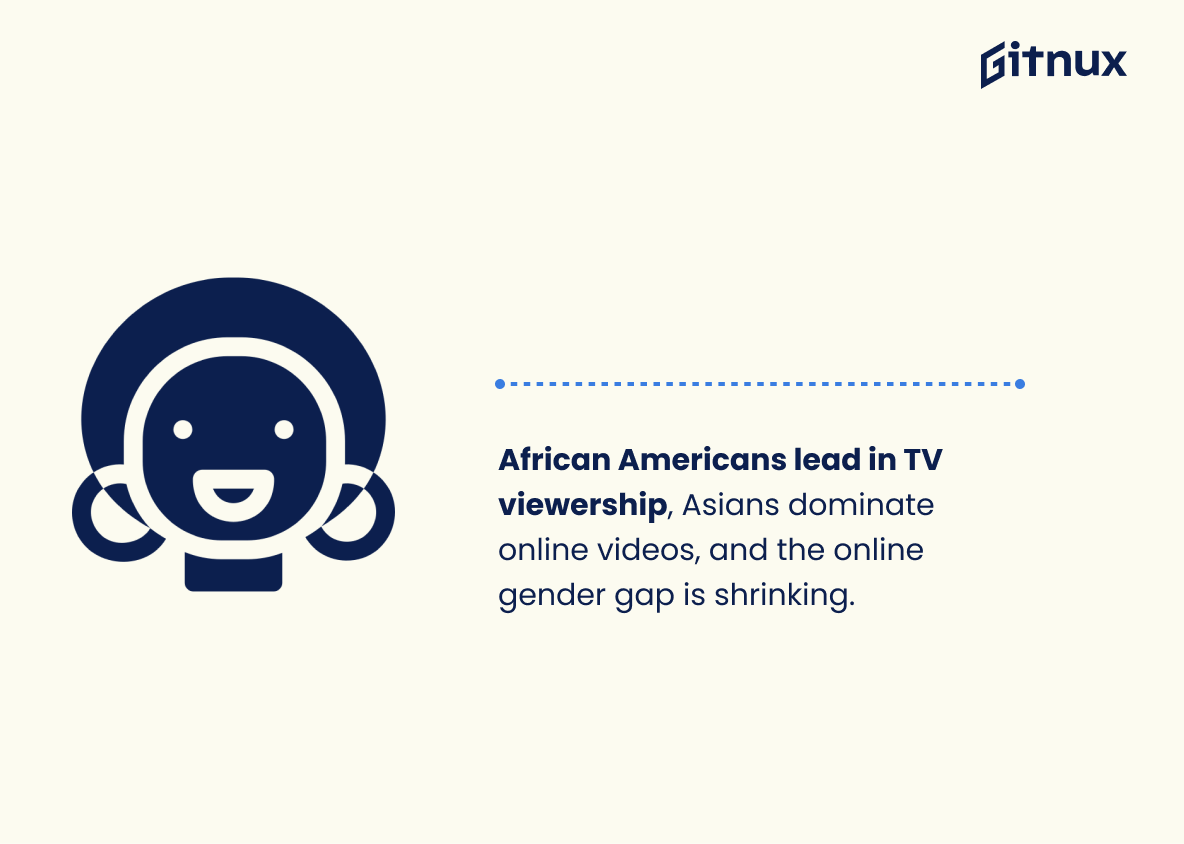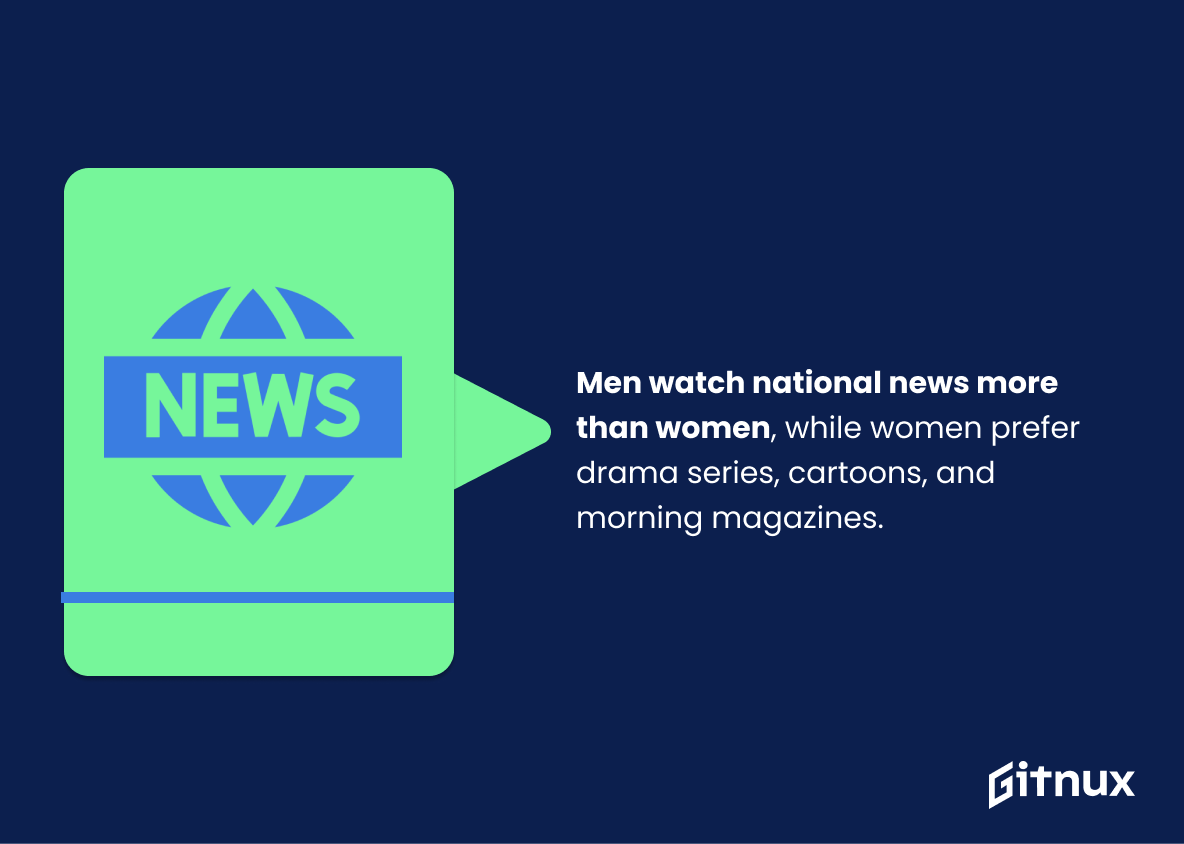Television viewing is a popular pastime for people all over the world. With the rise of streaming services, it’s becoming easier than ever to access a variety of content from the comfort of your own home. But what do we actually know about who’s watching what?
In this article, we’ll take a look at some of the latest statistics on television viewers and what they’re watching. We’ll also explore how the landscape of television viewing is changing and what this means for the industry. So, if you’re curious about who’s watching what and how, read on to find out more.
TV Viewer: Statistics Overview
The majority of TV viewers in Russia are 65+ years old, while teenagers and adolescents do not watch TV often.
This matters because it shows that the older generations are more likely to watch TV than the younger generations, which could be due to the growth of post-industrial society and easier ways to obtain the needed information.
TV Viewer: Most Important Statistics
By 2026, it is estimated that 1.8 billion households will have access to television, with IPTV connecting more and more TV sets to the internet rather than satellites.
Women watch 24 minutes more TV than men on average per day.
Older generations watch more TV than younger generations in the USA and Russia.
The majority of people watching TV in the USA and Russia are from the older generations, while the least involved group is teenagers aged 15-19.
This is important to know for TV networks and advertisers, as it will inform their decisions on which age groups to target with their content and advertising.
65% of people over 60 have binge-watched a TV show, with 84.6% of them continuing to watch until they lose interest.
This statistic matters in the context of TV viewers statistics because it shows that older people are engaging with television in a different way than before, and that they are more likely to watch multiple episodes in one sitting. This could have implications for how TV shows are produced and marketed in the future.
61% of young adults aged 18-29 prefer streaming services over TV, and 78% of those under 50 get their news from social media.
Thisit demonstrates the shift in TV viewers from traditional TV to streaming services. This shift is largely driven by young adults, who are increasingly turning to streaming services for entertainment and news.
This trend has implications for TV networks, who may need to adjust their strategies to remain competitive in the streaming era.
The number of global TV users is expected to reach 5.68 billion by 2026, with an increase of 5.36 billion in 2021.
This demonstrates the continued growth of TV viewers, even as new formats such as streaming platforms become more popular.
This indicates that television is still a popular form of entertainment and that the industry is continuing to grow.
By 2026, it is estimated that 1.8 billion households will have access to television, with IPTV connecting more and more TV sets to the internet rather than satellites.
There is a shift from satellite and cable connections to IPTV, which is allowing more households to access television.
This shift is important because it means that more people are able to access television, which can have an impact on TV viewership statistics.
Women watch 24 minutes more TV than men on average per day.
Women are more likely to watch TV than men, which could be used to inform marketing strategies for TV networks.
African Americans are the biggest traditional TV viewers group, followed by Whites and Hispanics, while Asians are leading viewers of videos on the Internet; men watch more content on the Internet than women, but the gap is decreasing.
There are changing trends in viewership and different ethnic and gender groups are consuming content differently.
This information can be used to inform targeted marketing strategies and to better understand the preferences of different audiences.
Men watch National news more than women, while women prefer drama series, cartoons, and morning magazines more than men.
This statistic is important in the context of TV viewers statistics because it shows the expected sociological preferences of men and women, and how this gap is slowly becoming less obvious.
This information can be used to inform decisions about what types of content to produce for TV viewers.
Men watch more sci-fi and fantasy, while women watch more comedies and dramas.
This matters because it shows that different genders have different preferences when it comes to television viewing, and this can be used to inform programming decisions.
Conclusion
In conclusion, TV viewers statistics provide valuable insights into the viewing habits of people around the world. They can be used to inform decisions about programming, advertising, and marketing.
By understanding the demographics of viewers, companies can better target their content and services to meet the needs of their audience. Additionally, understanding the trends in viewership can help companies to anticipate changes in the industry and stay ahead of the competition.
References
1 – Daily TV reach by age Russia 2021 | Statista
2 – U.S. daily TV consumption by age 2021 | Statista
3 – The Mature View: An insight into the viewing habits of the over 60s
4 – About 6 in 10 young adults in U.S. primarily use online streaming to watch TV
5 – Global: number of TV viewers 2017-2026 | Statista
6 – Number of TV households worldwide 2026 | Statista
7 – Daily TV viewing time by gender in the UK 2021 | Statista
8 – American Video Habits by Age, Gender and Ethnicity | Nielsen
9 – Most watched television programs by gender | Download Table
10 – Preferred TV show genres in the U.S. by gender 2018 | Statista
